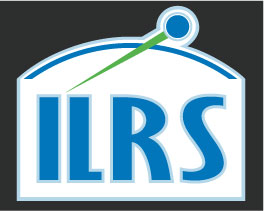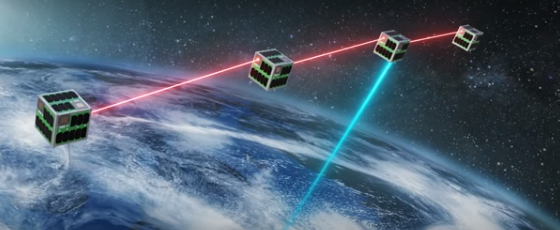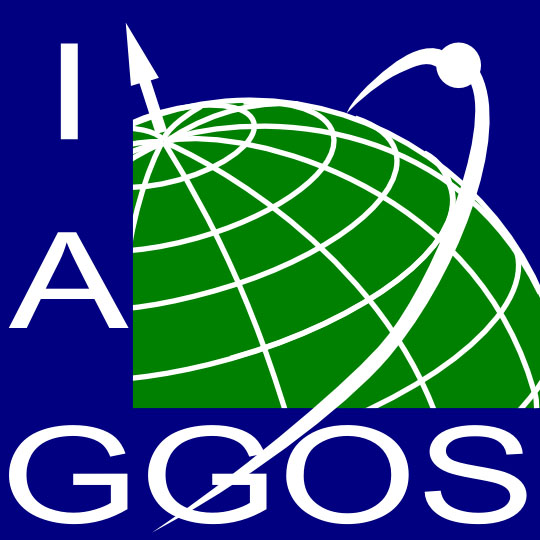
S-NET
Jump to: Mission Objectives, Mission Parameters, Additional Information
Mission Photos:
S-NET is a mission of four nanosatellites to verify the SLink payload and demonstrate intersatellite communication on a sophisticated level. An increasing numbers of communication entities participating in the network relates to a larger test bed for algorithm and verification. However for a nanosatellite based demonstration mission, four satellites present the best cost-benefit-ratio. Four entities enable six independent communication links while three satellites only make three links possible. Furthermore a multi-hop communication can only be realized with a number of at least four nodes.
Mission Objectives:
- demonstration of multipoint intersatellite communication
- verification of communication protocols
- analysis of nanosatellite formation
- demonstration of feasibilty of nanosatellite platform for communication purpose
Role of SLR:
- The laser ranging should support the intersatellite communication experiments by determining the relative distance and correlating with the transceiver signal travel time.
- Four satellites are deployed with interval of 10s from upper stage with a high precision mechanism. The deployment parameters (distribution of velocity and direction) shall be verified by analyzing SLR data.
- The orbital drift behaviour of the constellation shall be analyzed in the early orbit insertion phase to propagate the formation drift.
Mission Parameters:
| Satellite: | SNET-1 | SNET-2 | SNET-3 | SNET-4 |
| Sponsor: | Technische Universität Berlin | Technische Universität Berlin | Technische Universität Berlin | Technische Universität Berlin |
| Expected Life: | 1 year | 1 year | 1 year | 1 year |
| Primary Applications: | demonstration and verification | demonstration and verification | demonstration and verification | demonstration and verification |
| Primary SLR Applications: | intersatellite communication experiments | intersatellite communication experiments | intersatellite communication experiments | intersatellite communication experiments |
| COSPAR ID: | 1801410 | 1801407 | 1801408 | 1801409 |
| SIC Code: | 6204 | 6205 | 6206 | 6207 |
| NORAD SSC Code: | 43189 | 43186 | 43187 | 43188 |
| Launch Date: | February 1, 2018 | February 1, 2018 | February 1, 2018 | February 1, 2018 |
| RRA Diameter: | ||||
| RRA Shape: | Planar | Planar | Planar | Planar |
| Reflectors: | ||||
| Orbit: | 600 km | 600 km | 600 km | 600 km |
| Inclination: | 97.6 - 97.9 degrees | 97.6 - 97.9 degrees | 97.6 - 97.9 degrees | 97.6 - 97.9 degrees |
| Eccentricity: | 0 | 0 | 0 | 0 |
| Perigee: | 600 km | 600 km | 600 km | 600 km |
| Period: | 96.7 min | 96.7 min | 96.7 min | 96.7 min |
| Weight: |
Additional Information:
Web sites:
References:
- Yoon, Zizung; Frese, Walter; Bukmaier, Alexander; Klaus Brieß (2014), "System design of an S-band network of distributed nanosatellites", CEAS Space Journal, 6, pp. 61–71, DOI: https://dx.doi.org/10.1007/s12567-013-0058-1
- Yoon, Zizung; Lim, Yerrang; Grau, Sebastian; Frese, Walter and Manuel Garcia (2020), "Orbit deployment and drag control strategy for formation flight while minimizing collision probability and drift", CEAS Space Journal, 12, pp. 397–410, DOI: https://doi.org/10.1007/s12567-020-00308-6





